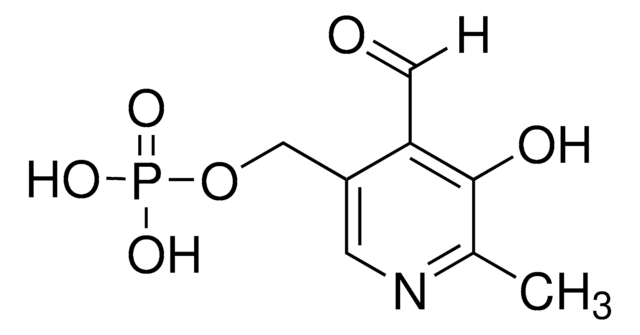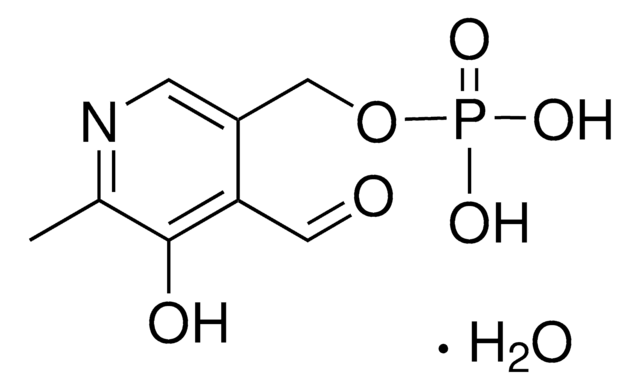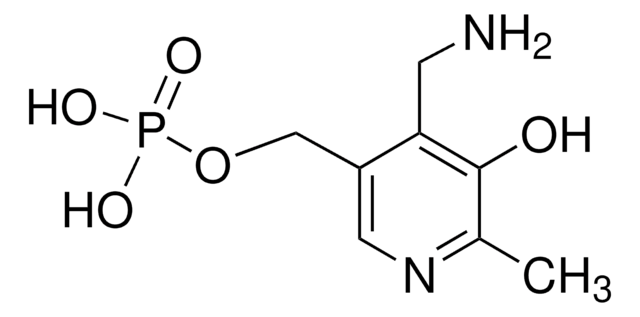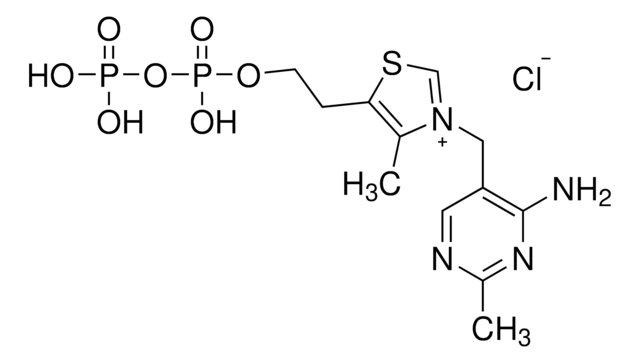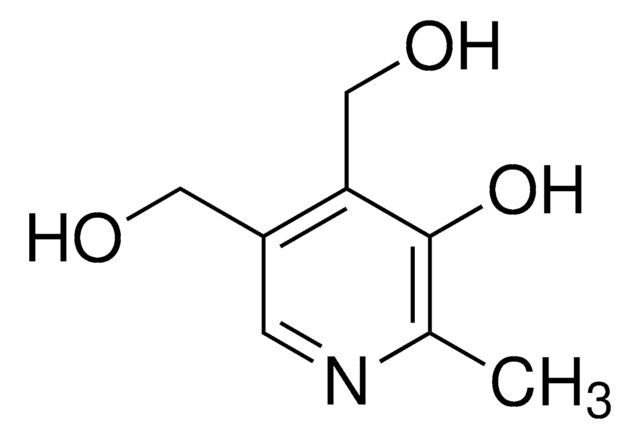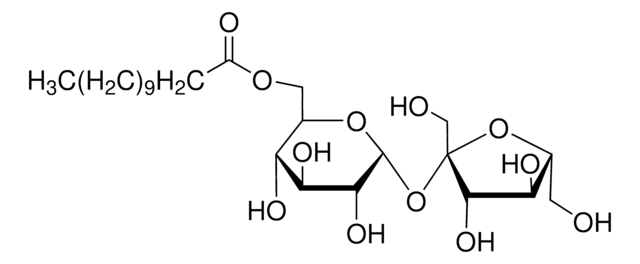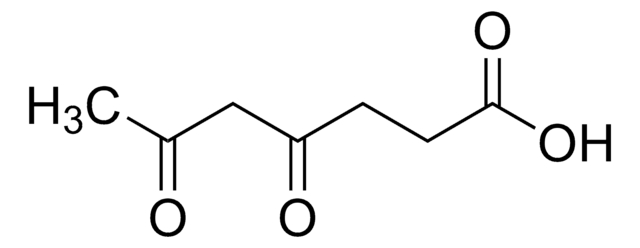P3657
Pyridoxal 5′-phosphate hydrate
powder, BioReagent, suitable for cell culture
Synonym(s):
3-Hydroxy-2-methyl-5-([phosphonooxy]methyl)-4-pyridinecarboxaldehyde, Codecarboxylase, PLP, Pyridoxal 5-phosphate
About This Item
Recommended Products
product line
BioReagent
Assay
≥98%
form
powder
mol wt
Mw 247.14 g/mol
technique(s)
cell culture | mammalian: suitable
color
off-white to yellow-brown
mp
140-143 °C
solubility
1 M HCl: soluble 50 mg/mL, clear, colorless to light yellow-green
storage temp.
−20°C
SMILES string
CC1=NC=C(COP(O)(O)=O)C(C([H])=O)=C1O
InChI
1S/C8H10NO6P/c1-5-8(11)7(3-10)6(2-9-5)4-15-16(12,13)14/h2-3,11H,4H2,1H3,(H2,12,13,14)
InChI key
NGVDGCNFYWLIFO-UHFFFAOYSA-N
Looking for similar products? Visit Product Comparison Guide
General description
Application
- Hierarchical Surface Architecture of Hemodialysis Membranes for Eliminating Homocysteine Based on the Multifunctional Role of Pyridoxal 5′-phosphate.: Discusses the development of advanced hemodialysis membranes using pyridoxal 5′-phosphate, highlighting its role in reducing homocysteine levels, which could contribute to improved outcomes for dialysis patients (Jiang P et al., 2020).
comparable product
Storage Class Code
11 - Combustible Solids
WGK
WGK 3
Flash Point(F)
Not applicable
Flash Point(C)
Not applicable
Personal Protective Equipment
Certificates of Analysis (COA)
Search for Certificates of Analysis (COA) by entering the products Lot/Batch Number. Lot and Batch Numbers can be found on a product’s label following the words ‘Lot’ or ‘Batch’.
Already Own This Product?
Find documentation for the products that you have recently purchased in the Document Library.
Customers Also Viewed
Articles
This page segues to comprehensive insights on how Vitamin B6, Pyridoxal and Pyridoxine affect the performance of serum-free, protein-free cell culture systems used for biomanufacturing heterologous proteins including monoclonal antibodies. The page introduces the in vitro chemistry and biochemistry of pyridoxal, pyridoxine.
Glucose metabolism is regulated by the opposing actions of insulin and glucagon. Insulin is released from pancreatic ß cells in response to high blood glucose levels and regulates glucose metabolism through its actions on muscle, liver, and adipose tissue.
Our team of scientists has experience in all areas of research including Life Science, Material Science, Chemical Synthesis, Chromatography, Analytical and many others.
Contact Technical Service